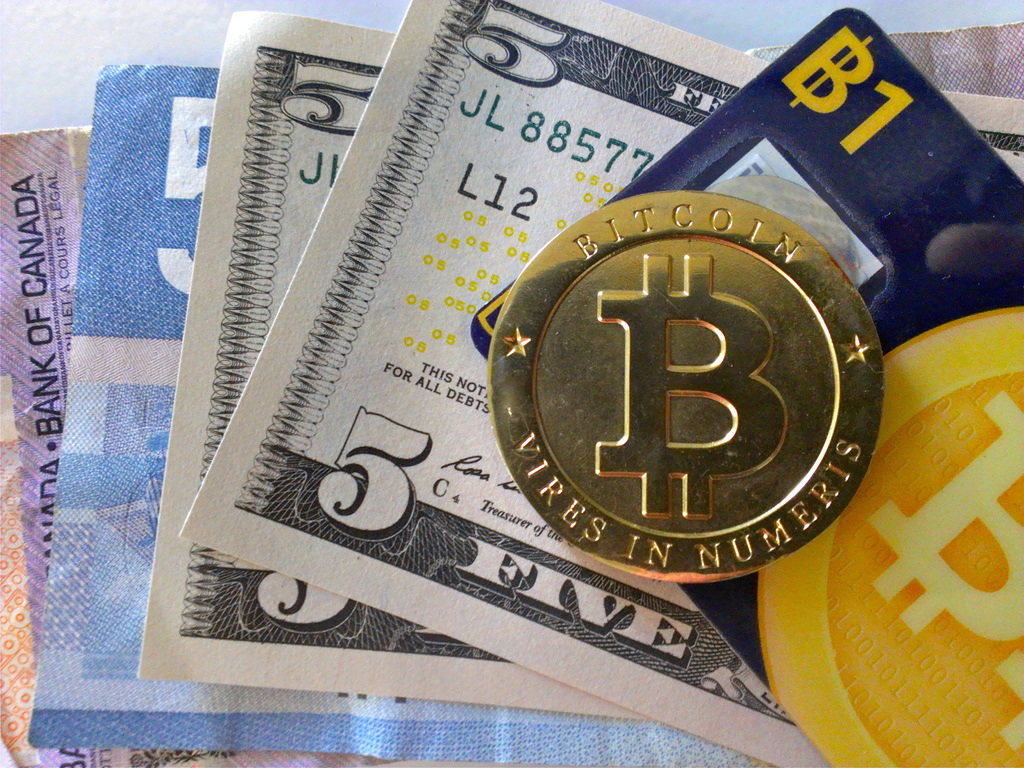Two agencies of the U.S. Department of the Treasury manufacture currency. The United States Mint makes coins, and the Bureau of Engraving and Printing produces paper money.
Minting coins. The production of a new coin begins with artists’ proposed designs for the coin. After government officials select a design, an artist constructs a large clay model of the coin. Most models are about eight times the size of the finished coin. The artist does not add details because the clay is too soft. Instead, the artist makes a mold of the clay model and then makes a plaster cast from the mold. The plaster is hard enough to enable the artist to carve fine details. A machine called a reducing lathe traces the finished plaster model and carves the design, reduced to coin size, onto a soft piece of steel called a master hub. The master hub is heat-treated to harden it. A special machine takes an impression of the hub to make a set of steel tools called master dies. These dies are used to stamp copies of the master hub called working hubs. The working hubs are employed, in turn, to make working dies, which stamp the coins. The master hub and master dies are stored and used to make more hubs and dies after the first ones wear out.
Bars of metal are heated and squeezed between heavy rollers into strips the thickness of a coin. A machine punches out smooth disks of metal, called blanks, from the strips. The blanks are the size of coins but have no design. The blanks are the fed into an upsetting machine. Which puts a raised rim around the edge of each one. Then, they are fed into a coining press. The press uses two working dies to impress the coin’s design on both sides of each blank in one operation. The press also reeds the edge of all coins except pennies and nickels.
The mint ships the finished coins to Federal Reserve Banks for distribution to commercial banks. The Reserve Banks also remove worn and damaged coins from circulation. The mint melts these coins and uses the metal to make new coins.
Minting coins. The production of a new coin begins with artists’ proposed designs for the coin. After government officials select a design, an artist constructs a large clay model of the coin. Most models are about eight times the size of the finished coin. The artist does not add details because the clay is too soft. Instead, the artist makes a mold of the clay model and then makes a plaster cast from the mold. The plaster is hard enough to enable the artist to carve fine details. A machine called a reducing lathe traces the finished plaster model and carves the design, reduced to coin size, onto a soft piece of steel called a master hub. The master hub is heat-treated to harden it. A special machine takes an impression of the hub to make a set of steel tools called master dies. These dies are used to stamp copies of the master hub called working hubs. The working hubs are employed, in turn, to make working dies, which stamp the coins. The master hub and master dies are stored and used to make more hubs and dies after the first ones wear out.
Bars of metal are heated and squeezed between heavy rollers into strips the thickness of a coin. A machine punches out smooth disks of metal, called blanks, from the strips. The blanks are the size of coins but have no design. The blanks are the fed into an upsetting machine. Which puts a raised rim around the edge of each one. Then, they are fed into a coining press. The press uses two working dies to impress the coin’s design on both sides of each blank in one operation. The press also reeds the edge of all coins except pennies and nickels.
The mint ships the finished coins to Federal Reserve Banks for distribution to commercial banks. The Reserve Banks also remove worn and damaged coins from circulation. The mint melts these coins and uses the metal to make new coins.

 RSS Feed
RSS Feed